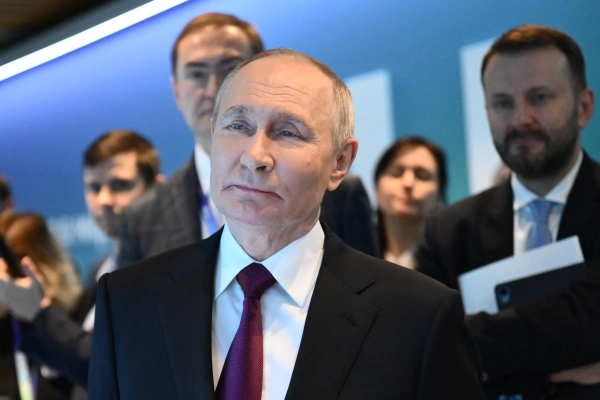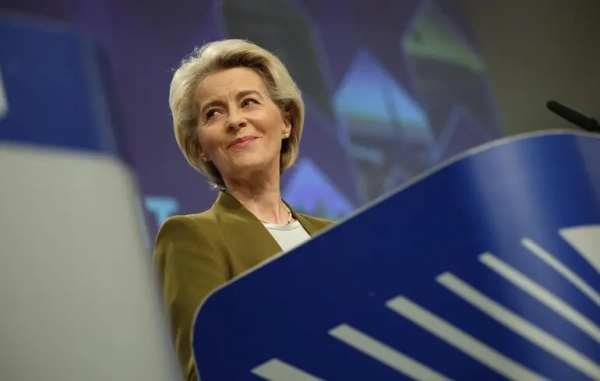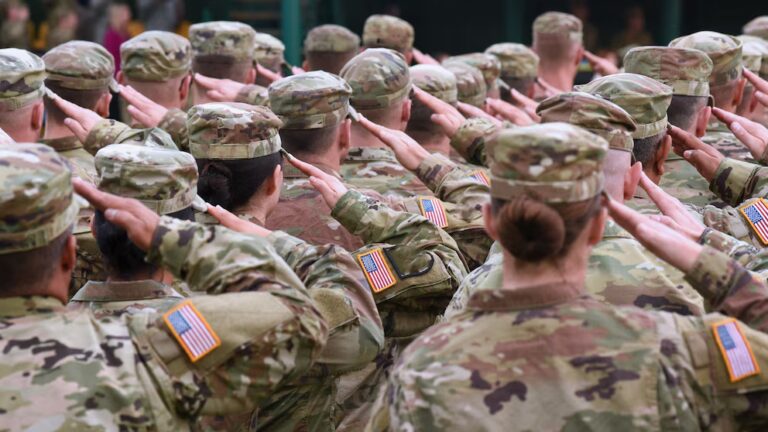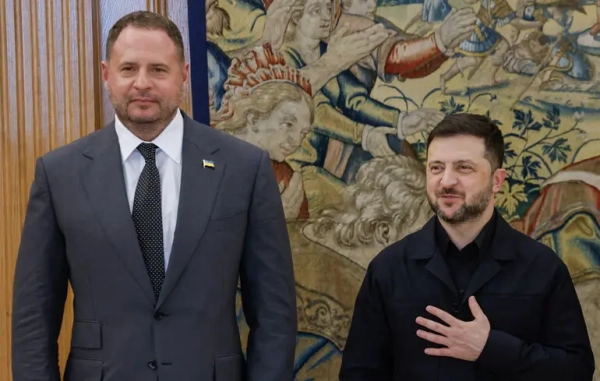“`html 
The 28-item accord for peace has been trimmed to 19 items.
President Donald Trump states that the blueprint intended to conclude Russia’s involvement in Ukraine, which was conveyed to Kyiv the previous week, leaning so favorably toward Russia’s stipulations that President Volodymyr Zelenskyy recognized it as “among the most trying periods in our history,” has been “calibrated” following dialogues between US and Ukrainian mediators. The Ukrainians affirm that the understanding — which presently encompasses more substantial security assurances for Ukraine post-conflict — suits their needs, and Zelenskyy is pursuing a discussion with Trump to address the contentious matter of Ukraine yielding territories to Russia.
And what of the Russians? Trump is sending Steve Witkoff, his special representative, to display the revised strategy to President Vladimir Putin. (Witkoff’s interactions with his Russian counterparts seem to have informed the original 28-item accord.) Yet, the preliminary reaction from the Kremlin appears less than enthusiastic. Foreign Minister Sergei Lavrov expressed that should the updated plan deviate from the “essence and wording” of the agreement Putin believed he clinched with Trump in Alaska this past August, the “landscape will be substantially altered.” That premise contained Ukraine surrendering the remainder of the eastern Donbas zone, even locales presently beyond Russian influence, to Russia.
Trump seems to be aiming for a replication of the recent Gaza armistice, wherein the US managed to pressure Israeli Prime Minister Benjamin Netanyahu into a pact with Hamas, which he didn’t particularly favor. The significance of American arms and intel sharing to the Ukrainian military campaign grants Trump sway over Zelenskyy — which explains why the Ukrainian premier sustains engagement with Washington, notwithstanding the diplomatic instability stemming from Trump’s often mutable views on the conflict.
As things stand, however, it seems nobody possesses dominance over Putin. Thus, the inquiry of whether this war will cease imminently hinges on the conditions Putin deems acceptable. This provokes the unsettling query of whether peace remains attainable while Putin remains alive and in command.
Why Russia might perceive no incentive to halt presently
While the Ukrainians might have scant alternative but to continue partaking in the US-steered peace talks, top authorities in Kyiv evidently lack zeal regarding the prospect. In an interview with ABC last summer, Dmytro Kuleba, the former foreign minister, faced the question of whether the conflict can resolve while Putin is still living.
“No,” he responded, adding that although a “less intense skirmish” was plausible, “I cannot envision enduring amity between Russia and Ukraine realized while President Putin remains in office.” Even a short-lived ceasefire, according to this thinking, might represent merely a hiatus before Russia renews its endeavors.
It remains uncertain whether the original 28-item plan would have satisfied Putin. To many within Ukraine and the West, it may have resembled a Kremlin wish list. However, it would also have permitted Ukraine to maintain an army of 600,000 soldiers (making it the largest in Europe after Russia), demanded that Russia cede control of the contested Zaporizhzhia and Kherson regions, and obliged Russia to accept “de facto” rather than sanctioned recognition of its sovereignty over Crimea and other areas it has annexed.
Reports indicate that the revamped agreement enables Ukraine to sustain 800,000 soldiers along with “NATO-esque” security pledges; this likely renders it even more unpalatable. Even should Trump succeed in pressuring Zelenskyy to relinquish Donbas, post-war Ukraine will probably emerge as a heavily armed and uncompromisingly anti-Russian entity bordering Russia. This deviates from Putin’s intention when he initiated this war almost four years prior, anticipating a swift takeover of Kyiv and the replacement of Zelenskyy’s administration with a compliant subordinate.
Russian forces press on with their advance in Ukraine, yet their momentum has been tepid, further impeded by the pervasive deployment of compact yet potent drones. During 2025, Russia seized an additional 1 percent of Ukrainian territory, purportedly incurring 200,000 troop casualties and injuries. The US-situated Institute for the Study of War estimates that, at its ongoing tempo, Russia would require until August 2027, at the earliest, to fully seize Donbas.
Putin most likely sustains his conviction of prevailing in this conflict, with the rate of advancement proving just sufficient for him to uphold that belief. He deems this war too pivotal for Russia’s destiny to simply abandon now.
Putin is in No Rush
Currently, there is a disconnect in schedules between Washington and Moscow. Trump entered office promising to bring the war to a close swiftly, has presented Putin with various two-week limits, and only a few days ago, seemed hopeful for a resolution by Thanksgiving.
Putin, contrarily, views the very presence of an autonomous Ukraine as a menace and adopts a mindset that spans centuries. During their assembly in Alaska, he apparently frustrated Trump by launching into his signature historical orations, citing figures from Russian annals like Rurik of Novgorod and Yaroslav the Wise to delineate his stance on Ukraine.
A turning point might emerge. Potentially, Russia finally conquering the remainder of Donbas, or Zelenskyy’s domestic political trials and scandals dethroning him, could suffice for Putin to claim triumph. (With Europe currently delivering much of the economic and military backing previously afforded by the US, a thorough Ukrainian rout appears improbable in the near future.) Or perhaps the Ukrainians can battle the Russians to a deadlock, and the fiscal strains on Russian society escalate to a degree compelling him to modify course. Or, alternatively, he might perceive this as a civilizational clash justifying indefinite perpetuation, irrespective of the immense human toll.
As per prevailing Russian legislation, Putin can retain authority until 2036. Despite occasional rumors of infirmity, he appears relatively hale at 73, and the strategy for Russia’s succession remains shrouded in enigma.
For now, his sovereignty demonstrates striking resilience despite the hardships imposed on Russian society via warfare and sanctions. We have moved far from the intense period of Yevgeny Prigozhin’s insurrection, when the governing structure seemed poised for instantaneous collapse.
As highlighted by Russian opposition leaders, regimes of this nature frequently manifest utter steadiness immediately before their downfall — yet anticipating such a conclusion hardly offers a feasible plan for Ukraine or its allies.
Nevertheless, evidence suggests Putin may willingly devote the remaining duration of his tenure to attaining victory in Ukraine, that he establishes no ceiling on the sum of Russian lifeblood and resources he will deplete to accomplish this, and that even Trump may prove incapable of delivering what he requires to register fulfillment.
“`
Source: vox.com






